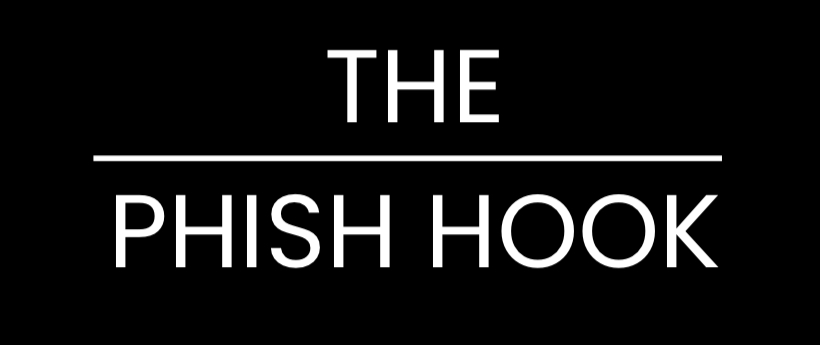In today’s digital landscape, where phishing attacks and social engineering are on the rise, a growing cybersecurity concern has emerged—ClickFix vulnerabilities.
What Is ClickFix?
ClickFix refers to a dangerous habit where users or IT personnel impulsively click “Fix,” “Ignore,” or “Allow” pop-ups from security software, browser warnings, or system alerts—without understanding the consequences. While intended to streamline support and resolution, this behavior can create serious cybersecurity risks.
Why ClickFix Is a Cybersecurity Problem
- Bypasses Security Warnings: Users dismiss certificate errors or firewall prompts that might signal malicious activity.
- Enables Malware Execution: Clicking “Run” or “Allow” on unsigned software can trigger ransomware or spyware installations.
- Weakens Awareness Training: ClickFix undermines cyber hygiene efforts by encouraging poor decision-making habits.
- Creates Insider Threat Vectors: IT personnel rushing to resolve issues may unintentionally open backdoors to attackers.
How to Defend Against ClickFix Culture
- Implement Least Privilege Access: Prevent unauthorized actions by limiting user privileges.
- Enforce Multi-Factor Authentication (MFA): Adds a security layer when critical changes are attempted.
- Deploy User Behavior Analytics (UBA): Detects risky or abnormal user behavior patterns.
- Conduct Regular Security Awareness Training: Teach users to pause, read, and understand prompts before clicking.
- Use Endpoint Protection with Real-Time Alerts: Helps automate safe responses rather than relying on user judgment.
Final Thoughts
ClickFix may seem harmless, but in a cybersecurity context, it can turn into a silent enabler for breaches, malware outbreaks, and data loss. Organizations must proactively identify and mitigate this behavior through technical controls and training.
Keywords: ClickFix cybersecurity, endpoint security risk, social engineering, user behavior cybersecurity, phishing click risk, pop-up malware, IT security habits



